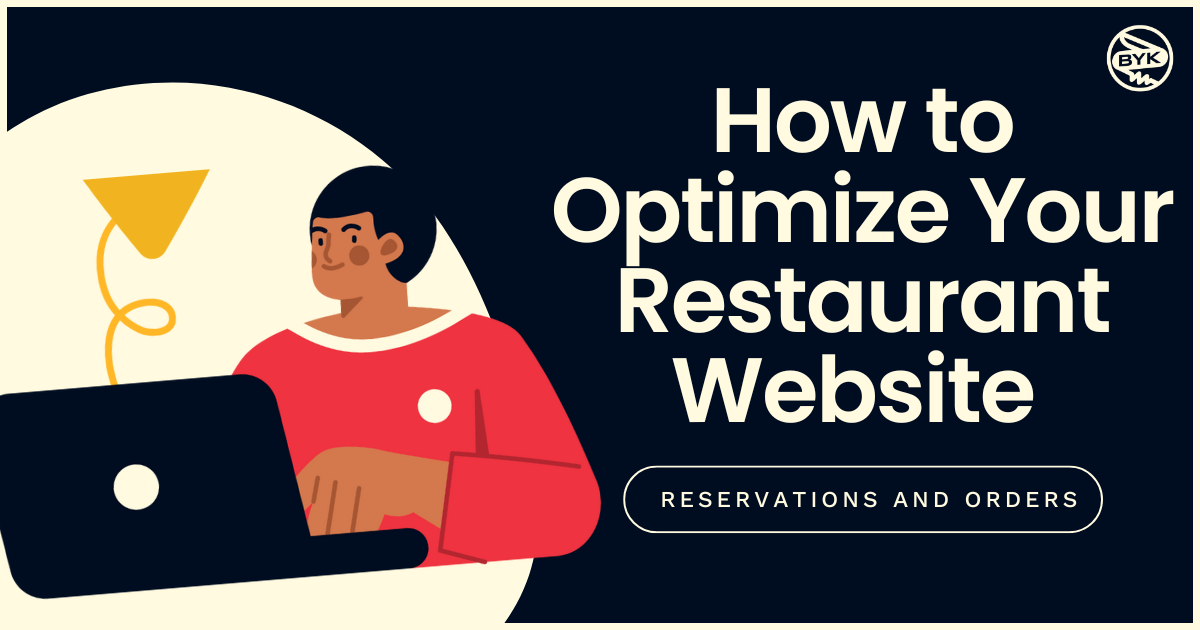Influencer marketing is quite pervasive today, but where did it all begin? The roots of what we now know as influencer marketing, or social media influencer marketing, date back centuries. We’ll walk through the history to explain how influencing began, and how we got to where we are today.
Celebrity Endorsements
The concept of influential people impacting the purchasing decisions of others has been around basically forever. However, this first became a tool that marketing teams really worked to take advantage of through celebrity endorsements. Everyone has seen their share of celebrity endorsements, be it on TV, in a magazine, or even on social media. Companies began paying popular celebrities to become the faces of their brand, in the hopes of convincing the celeb’s fans to become customers.
Celebrity endorsements were, and continue to be, a relatively effective advertising tool. People look up to their favorite actors, musicians, and athletes and want to do what they can to be more like them. Celebrities have influence in society, so it makes sense that their endorsements would be helpful for brands.
These celebrity brand deals laid the foundation for influencer marketing to emerge. When social media burst onto the scene in the early 21st century, the framework brands used to make deals with celebrities could suddenly be applied to a whole new arena.
From Celebrities to Social Media
It was around 2010 that social media was really blossoming, and the idea of a social media influencer was emerging. One of the first times a brand tried to leverage people’s connections on social media to their advantage was in a deal between Amazon and Facebook in 2010. Facebook users were able to share what they were buying on Amazon, and the brand hoped that it would encourage their friends to make similar purchases as well.
It did not take long from there for the idea of a social media influencer to take shape. As platforms like Facebook, Instagram, and Twitter were growing exponentially, a small (but growing) number of seemingly ordinary people were suddenly becoming “internet famous”. These people were engaging with and growing a following far beyond their social circle in real life. Their followers looked to them for everything from fashion advice to fitness tips and parenting hacks.
Brands soon realized how influential these people were becoming online, and so began influencer marketing as we know it today. Companies began offering money and free products to these influencers in exchange for positive promotion of their products and services. The trend grew quickly, more and more brands began making deals with social media influencers, and within a couple of years, influencer marketing was a field all of its own.
Benefits of Social Media Influencer Marketing
The above explains a bit about HOW influencer marketing came to be, but WHY exactly did it come to be? What made social media marketing so enticing to brands, and why does it work so well for them?
There are a few reasons influencer marketing became and has remained so popular. It is generally quite a bit cheaper for brands than it would be to pay for endorsements from A-list celebrities. Even though influencing is a well-established field now and the price tags have increased, it remains more cost-effective in many cases.
Beyond just cost, there are some key differences between promotions from influencers and traditional celebrities that set them apart, and often make influencer marketing more enticing. Social media allows for more participation than other traditional advertising avenues. Viewers feel as if they are conversing with the influencer, or taking part in an experience with them, instead of merely watching a commercial on TV.
Along the same lines, influencers oftentimes feel more accessible than celebrities. Even if they are rich and live drastically different lifestyles than the average person, influencers are relatable: They come from similar backgrounds as their followers, and they too were once just a “regular” person. This level of access and relatability can work wonders for advertising. If people feel connected to and similar to the person who is promoting a product to them, they are more likely to make a purchase. Brands leverage this sense of connection and similarity through the use of influencer marketing.
Finally, influencers usually have a specific niche that they post about, and thus tend to have an audience that fits into and cares about that niche, whether it is beauty products, healthy recipes, or petite fashion. This provides a unique opportunity for brands to reach a more specific niche than they could through many other advertising methods. For instance, a brand selling vegan and cruelty-free makeup could place advertisements in beauty magazines, and reach an audience that cares about makeup and beauty. However, this entire readership would not necessarily have an affinity for vegan products. If the brand instead advertised through partnerships with vegan beauty bloggers, the audience they would be reaching would be much better targeted for their products. We hope this little walk through history and explainer of the benefits of influencer marketing provides you with a bit of insight into where the field began, and how it got to where it is today. The concept of influencing doesn’t look to be going away anytime soon, but will surely grow, evolve, and branch off into new arenas as it always has over time. Who knows what the next stage of “influencing” will look like.




